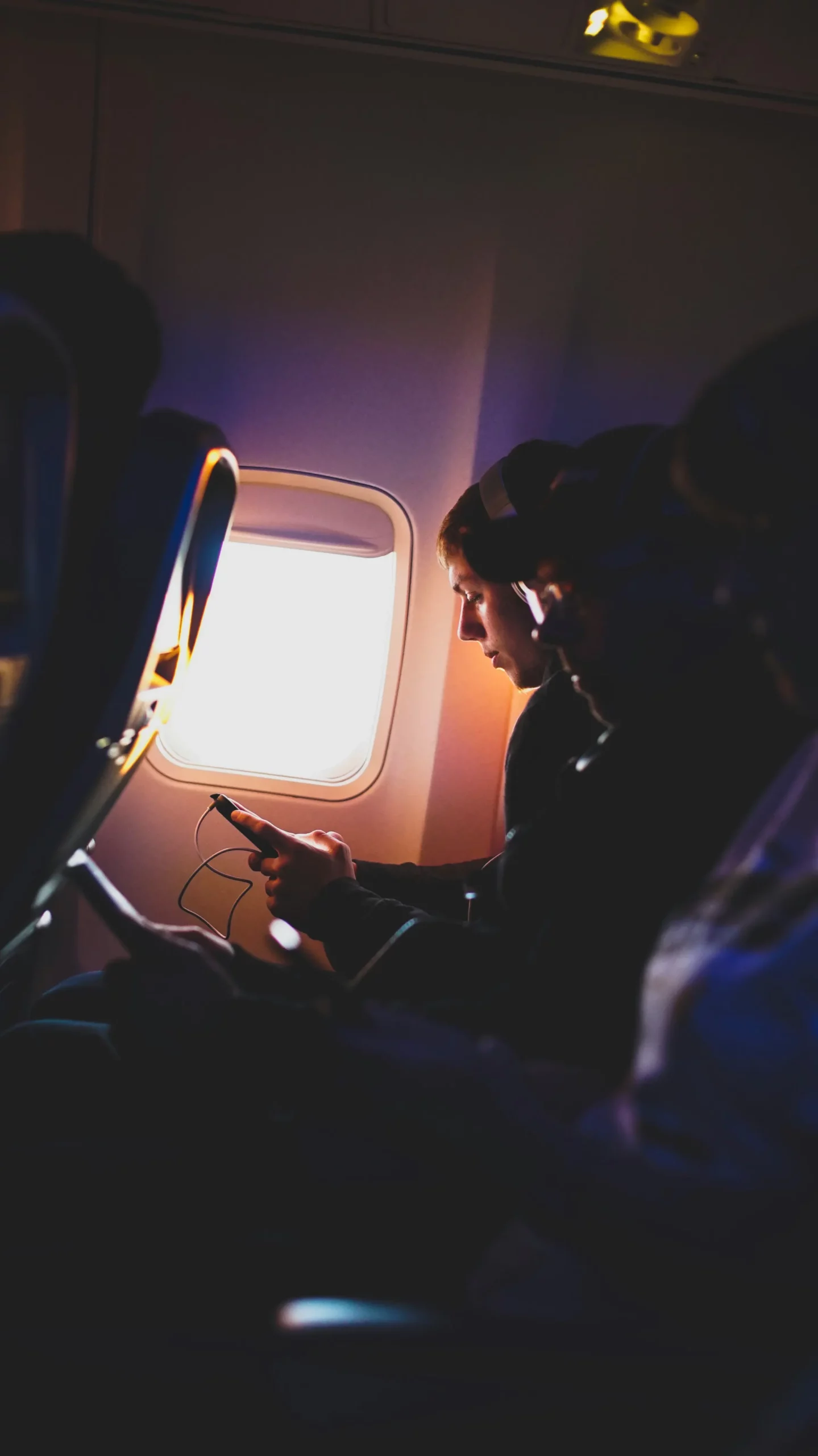The New Altitude of Airline Catering
For decades, passengers viewed the food tray on board as a “necessary evil”, a lukewarm pasta dish, perhaps a packaged dessert, nothing more. But that paradigm has shifted. Today, travelers are more discerning, health-conscious and expect a hospitality experience in the air that mirrors what they enjoy on the ground. In this context, airline catering has become a formidable differentiator.

From Economy to First Class, in-flight catering now plays a central role in customer satisfaction, brand loyalty and even post-flight perception. Airlines that understand this and respond with creativity, quality and personalization are elevating their service standard at 35,000 feet and beyond.
From Function to Experience – The Changing Role of In-Flight Meals
In earlier eras of commercial aviation, meal service was purely functional: keep the passenger fed during the journey. Nowadays, the tray is part of the brand story. Forward-thinking airlines are designing menus that reflect destination culture, freshness and narrative.
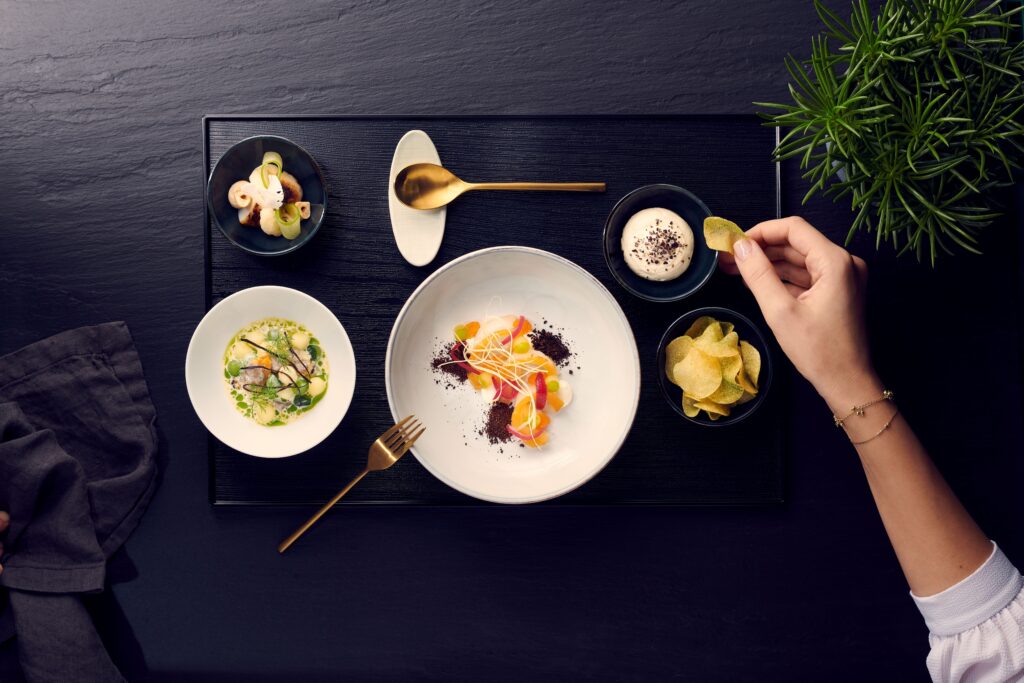
For instance, specialists in the catering world highlight that the market for in-flight meals is projected to grow substantially. According to one report, the global in-flight catering services market was valued at around USD 17.45 billion in 2024 and is projected to reach USD 29.01 billion by 2032. Another forecast puts the value even higher: about USD 22 billion in 2024, growing to around USD 34 billion by 2030.
This growth underscores the importance of the food-and-beverage touchpoint in aviation. If the meal is memorable, the entire flight experience becomes more positive.
The Science of Taste at 35,000 Feet
A critical yet often under-appreciated aspect: taste perception changes at cruising altitude. Dry cabin air and reduced pressure dull the senses of taste and smell by as much as 30 %. This means foods that seem fine on the ground may taste bland in-flight.
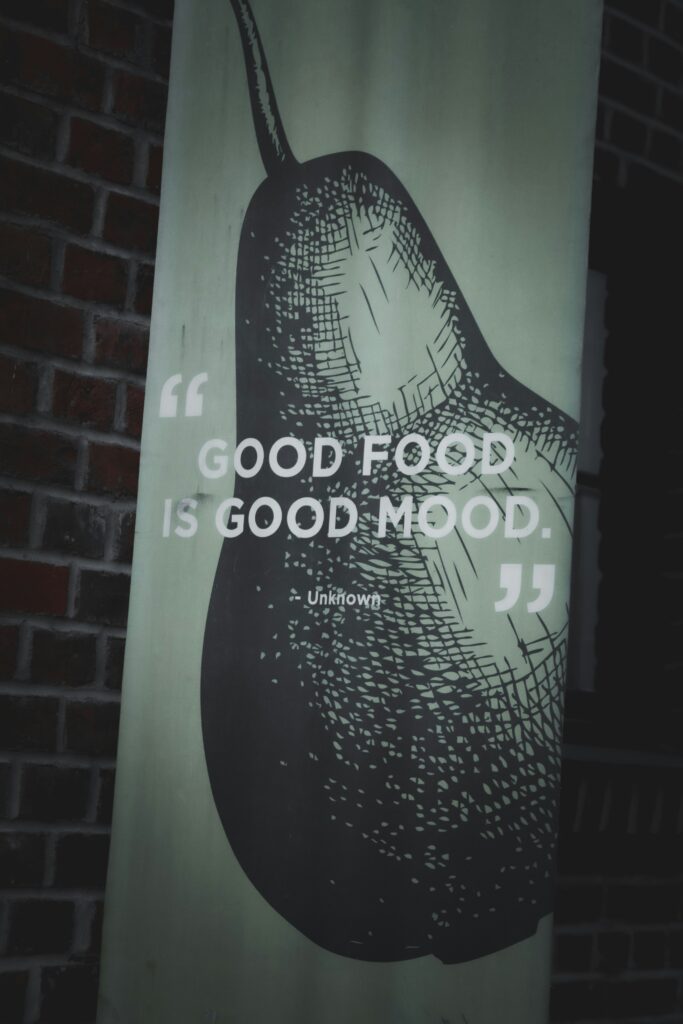
In response, leading carriers and catering partners are working with food scientists to adapt recipes. For example, increasing umami or moisture content, adjusting seasoning and focusing on texture. One market-analysis source highlights that altitude constraints and mass-production remain “fundamental difficulties for inflight catering suppliers”.
Airlines can turn this challenge into advantage by:
- Designing menus specifically for cabin conditions
- Using cooking and packaging processes that preserve flavour and texture
- Training cabin crews to present meals in ways that invite appetite
When executed well, the difference is noticeable: meals that delight rather than disappoint.
Personalization: The Luxury Passengers Now Expect
The modern traveller is diverse: vegetarian, vegan, gluten-free, halal, low-FODMAP, keto or simply “health-conscious”. Catering that fails to accommodate these expectations risks undermining satisfaction.
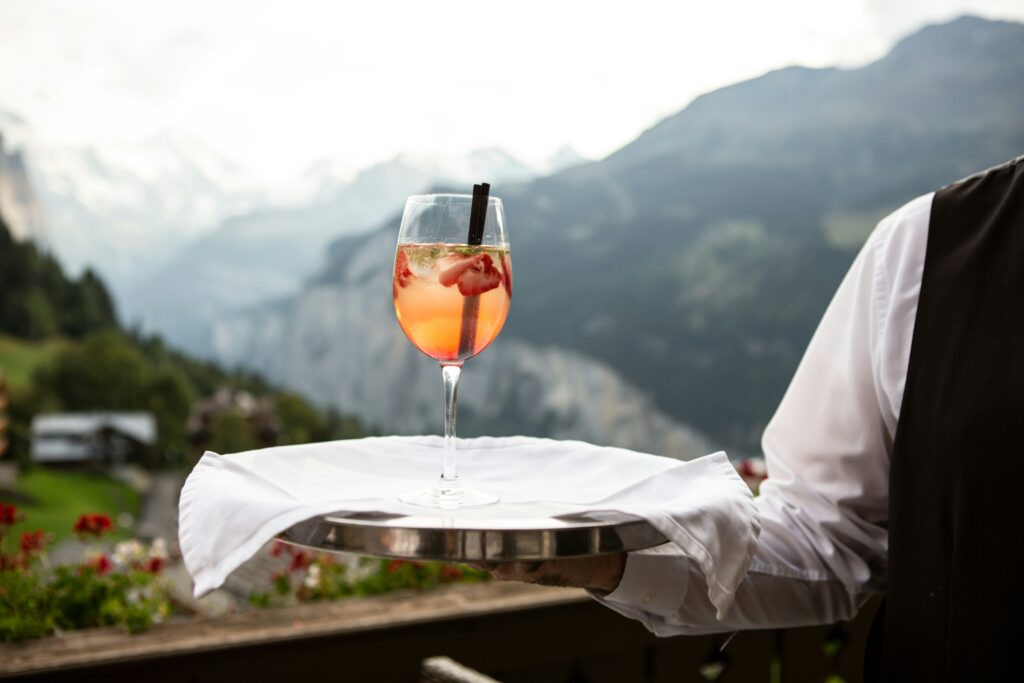
Airlines are increasingly offering pre-orderable meals, integrated preferences via loyalty profiles, and dynamic menu choices. As highlighted in an industry article: “Technology is revolutionising the airline catering industry. Predictive analytics and AI help caterers anticipate passenger preferences and reduce food waste.”
In practice this means:
- Letting travellers choose meals during booking or check-in
- Leveraging data to anticipate repeat customers’ choices
- Clear communication about dietary options
When a passenger feels “seen” – not just a seat number – that signals high service quality.
The Rise of the “Healthy Traveller”
Well-being has moved from luxury to expectation. Post-pandemic, passengers increasingly link food with health, hydration, recovery from flying and general wellness.
Leading airlines now redefine in-flight catering around nutrition, freshness and recovery. For instance, menus rich in probiotics or designed to reduce jet-lag symptoms. Beyond the tray, beverages such as coconut water, cold-pressed juices and kombucha are replacing sodas.
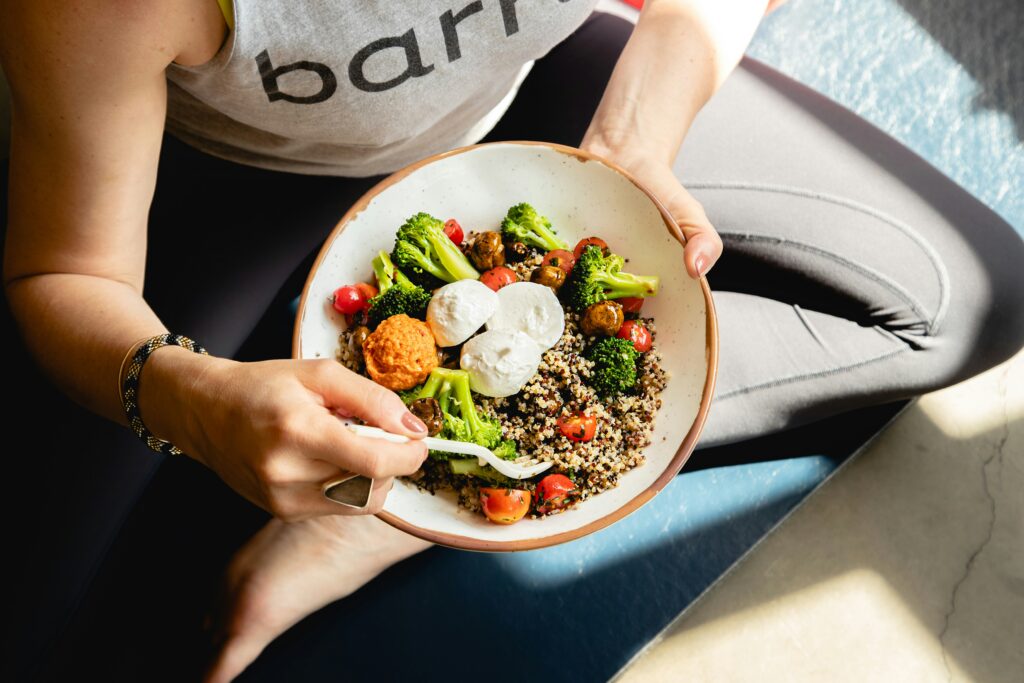
Even in airport lounges, the shift is visible: smoothie bars, plant-forward menus and low-alcohol cocktails designed to refresh rather than fatigue. The global lounge-catering market is itself forecast to grow notably: for example one estimate values it at USD 2.91 billion in 2024, with a CAGR of ~6.1 % through to 2033.
Airlines that position meal service as a wellness touchpoint, not just a convenience, gain passenger appreciation.
Sustainability: The Ingredient Passengers Care About Most
Sustainability in aviation is under scrutiny—and food waste and sourcing are highly visible parts of that story. Airlines that embrace sustainable catering gain not only from cost savings, but from brand loyalty among eco-aware travellers.
Market data shows the broader catering services market (including ground and lounge catering) is expected to grow: one report places the global airport catering services market at USD 19.4 billion in 2024 with a CAGR of ~5.7 % through to 2033. Growth Market Reports

Key strategies for sustainable catering:
- Optimising forecast and demand planning to reduce waste
- Sourcing local and seasonal ingredients
- Using compostable or reusable packaging and cutlery
- Transparently communicating sustainability efforts
When passengers see authenticity in messaging (and action), their satisfaction rises.
The Digital Revolution in Airline Catering
From booking to boarding, technology is shaping modern catering experiences. Airlines are pioneering digital pre-ordering, mobile‐app handoffs and even augmented-reality menus.
For example, industry commentary notes the adoption of AI and analytics to manage supply chains, anticipate preferences and tailor offerings.

Practical technology-driven enhancements include:
- Pre-select meal choices via mobile app
- Real-time feedback mechanisms for meal satisfaction
- Inventory management and reduction of waste via predictive analytics
These initiatives foster operational efficiency and customer delight.
The Lounge Connection: Ground-to-Air Consistency
Passenger satisfaction with airline catering often starts before boarding—in the airport lounges. The modern lounge experience now sets the tone for the flight.
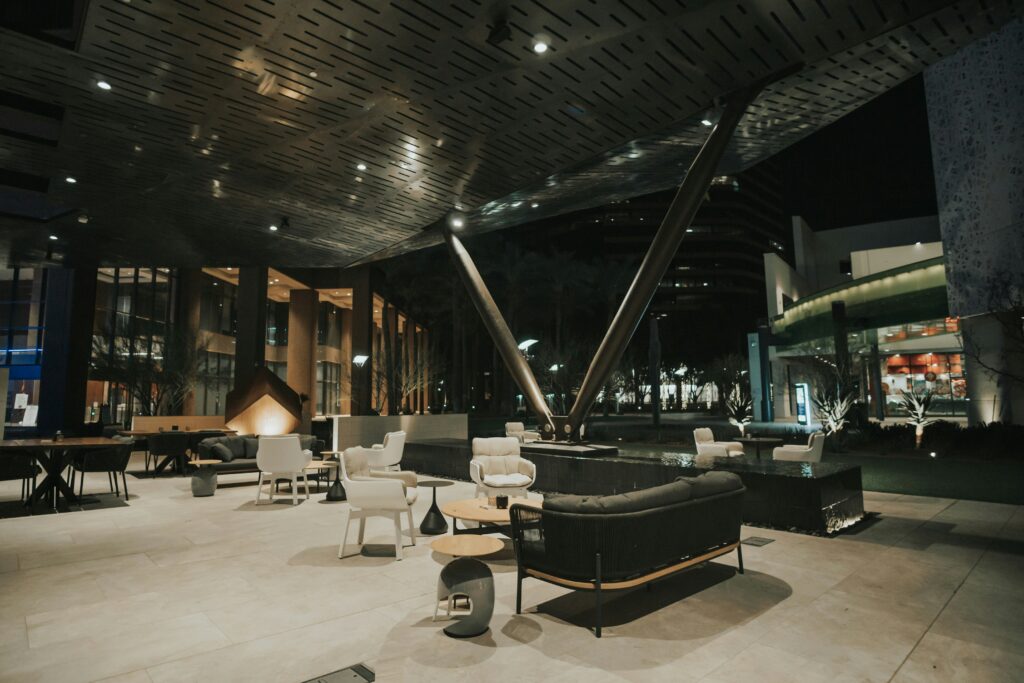
Airlines that mirror menu quality, brand aesthetic and service style from lounge to cabin strengthen the passenger’s sense of continuity. For example:
- Lounge menu items tied to in-flight offerings
- Premium carriers offering chef-designed lounge dishes
- Aligning atmospherics (lighting, music, presentation) in lounge and cabin
Studies show that the quality of lounge service influences passenger intention to recommend both lounge and airline. In one research of lounge users, a positive correlation was found between lounge service evaluation and recommendation intention. apiar.org.au
Thus, catering strategy shouldn’t stop at boarding—it begins in the lounge.
Cultural Connection and Storytelling Through Food
Food is identity, and for airlines, it’s a form of soft power. Through cuisine, airlines communicate brand values, national culture and hospitality ethos.

Whether it’s introducing regional specialties, designing menus with celebrity chefs, or telling the origin story of ingredients, this “edible storytelling” adds emotional resonance. According to research on airline and airport lounge food, meals can serve as cultural propagation tools in air travel.
When thoughtfully executed, meals don’t just fill a tray — they transport passengers into a destination or brand narrative.
What’s Next: The Future of Airline Catering
Looking ahead, we expect the following trends to dominate the in-flight catering and lounge-catering space:
- Hyper-personalisation: Meals tailored via AI to the passenger’s past choices, dietary profile and even current mood
- Regional authenticity: More local sourcing, plant-forward menus and “flight-local” gourmet concepts
- Seamless continuity: Lounge → boarding → meal service unified under one culinary vision
- Sustainability integrated: Circular supply chains, zero-waste kitchens and transparent sourcing
- Tech-enabled delight: Augmented-reality previews, in-seat ordering, dynamic meal presentation
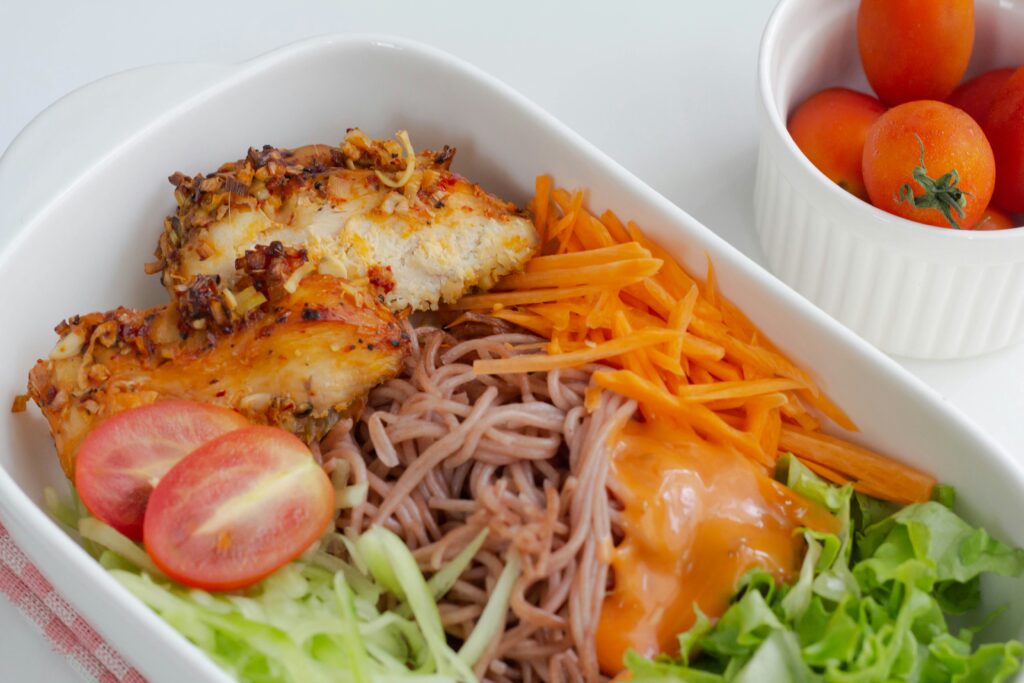
For airlines, the message is clear: treat food not as a cost line item, but as a brand asset.
Conclusion: Satisfaction Is Served
In today’s competitive airline environment, the seat, the entertainment system and the frequent-flyer perks all matter — but the meal remains one of the most intimate touch-points between brand and passenger. A great meal can comfort a nervous traveller, delight a loyal flyer and spark social-media praise that spreads far beyond the cabin.
When airlines treat food service as experience design, not merely logistics, they elevate the entire journey. Because at 35,000 feet, satisfaction isn’t measured in miles flown, it’s measured in moments savoured.
